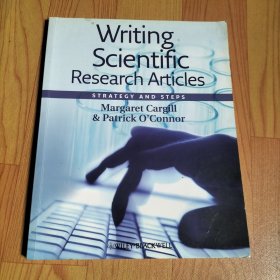
Writing Scientific Research Articles:Strategy and Steps/
书内有少量笔迹,书有磕碰
¥ 225 八五品
仅1件
四川绵阳
认证卖家担保交易快速发货售后保障
作者Margaret Cargill;Patrick O\\\'Connor
出版社Wiley-Blackwell
出版时间2009-04
版次1
装帧平装
货号357
上书时间2024-05-21
- 在售商品 暂无
- 平均发货时间 8小时
- 好评率 暂无
- 店主推荐
- 最新上架
商品详情
- 品相描述:八五品
图书标准信息
- 作者 Margaret Cargill;Patrick O\\\'Connor
- 出版社 Wiley-Blackwell
- 出版时间 2009-04
- 版次 1
- ISBN 9781405186193
- 装帧 平装
- 开本 大16开
- 纸张 胶版纸
- 页数 173页
- 【内容简介】
- "Margaret Cargill's background as a linguist and researchcommunications educator and Patrick O'Connor's experience as bothresearch scientist and educator synergize to improve both thescience and art of scientific writing. If the authors' goal is togive scientists the tools to write and publish compelling, welldocumented, clear narratives that convey their work honestly and inproper context, they have succeeded admirably." -"VeterinaryPathology, July 2009 " The book is] clearly written, has a logicalstep-by-step structure, is easy to read and contains a lot ofsensible advice about how to get scientific work published ininternational journals. The book is a most useful addition to theliterature covering scientific writing." -"AquacultureInternational, April 2009 "Writing Scientific Research Articles:Strategy and Steps" guides authors in how to write, as well as whatto write, to improve their chances of having their articlesaccepted for publication in international, peer reviewed journals.The book is designed for scientists who use English as a first oran additional language; for research students and those who teachthem paper writing skills; and for early-career researchers wantingto hone their skills as authors and mentors. It provides clearprocesses for selecting target journals and writing each section ofa manuscript, starting with the results. The stepwise learningprocess uses practical exercises to develop writing and datapresentation skills through analysis of well-written examplepapers. Strategies are presented for responding to refereecomments, as well as ideas for developing discipline-specificEnglish language skills for manuscript writing. The book isdesigned for use by individuals or in a class setting. Visit thecompanion site at www.writeresearch.com.au for moreinformation.
- 【作者简介】
- Margaret Cargill is an applied linguist with over 15 yearsexperience as a research communication educator. Her currentresearch centres on innovative collaborative methods for helpingscientists develop high-level skills for communicating theirresearch findings effectively in the international arena. She hasworked extensively in Australia, Europe and Asia with scientists ofmany language and cultural backgrounds. Patrick O'Connor is aresearch ecologist, environmental consultant and science educator.His work over the last 10 years has focussed on the use ofscientific principles in designing and evaluating environmentalprograms for governments and statutory authorities in Australia.His research interests and scientific publications span fields ofterrestrial ecology and detection of change in plant and animalcommunities.
- 【目录】
- Preface. Part 1: A Framework for success. 1 How the book isorganised, and why. 1.1 Getting started with writing forinternational publication. 1.2 Publishing in the internationalliterature. 1.3 Aims of this book. 1.4 How the book is structured.2 Research article structures. 2.1 Conventional article structure:AIMRaD and its variations. 3 Referees' criteria for evaluatingmanuscripts. Part 2: When and how to write each article section. 4Results as 'story': the key driver of an article. 5 Results:turning data into knowledge. 5.1 Figure, table or text? 5.2Designing figures. 5.3 Designing tables. 5.4 Figure legends andtable titles. 6 Writing about Results. 6.1 Functions of Resultssentences. 6.2 Verb tense in Results sections. 7 Methods sections.7.1 Purpose of the Methods section. 7.2 Organising Methodssections. 7.3 Use of passive and active verbs. 8 Introductions. 8.1Five 'stages' to a compelling Introduction. 8.2 Stage 1: Locatingyour project within an existing field of scientific research. 8.3Using references in Stages 2 and 3. 8.4 Avoiding plagiarism whenusing others' work. 8.5 Indicating the 'gap' or 'research niche'.8.6 Stage 4: The statement of purpose or main activity. 8.7Suggested process for drafting an Introduction. 8.8 Editing forlogical flow. 9 Discussion sections. 9.1 Information elements tohighlight the key messages. 9.2 Negotiating the strength of claims.10 Titles. 11 Abstracts. Part 3: Getting your manuscript published.12 Evaluating journals. 12.1 Considerations when selecting a targetjournal. 13 Submitting a manuscript. 14 How to respond to editorsand referees. 14.1 Rules of thumb for responding to editors andreferees. 14.2 How to deal with manuscript rejection. 14.3 How todeal with 'conditional acceptance' or 'revise and resubmit'. 15 AProcess for preparing a manuscript. 15.1 Initial preparation steps.15.2 Editing procedures. 15.3 A pre-review checklist. Part 4:Further developing your publication skills. 16 Skill developmentstrategies for groups and individuals. 16.1 Journal clubs. 16.2Writing groups. 16.3 Matching feedback strategies to differentpurposes. 16.4 Training for responding to reviewers. 17 Developingdiscipline-specific English skills. 17.1 Introduction. 17.2 Whatkind of English errors matter most? 17.3 Strategic (andacceptable!) language re-use: Sentence templates. 17.4 More aboutNoun Phrases. 17.5 Concordancing: a tool for developing yourdiscipline specific English. 17.6 Using the English articles (a/an,the) appropriately in science writing. 17.7 Using 'which' and'that'. 18 Answer pages. 19 References. Part 5: Provided examplearticles. 20 Kaiser, B.N., Moreau, S., Castelli, J., Thomson, R.,Lambert, A., Bogliolo, S., Puppo, A., & Day, D.A. (2003) Thesoybean NRAMP homologue, GmDMT1, is a symbiotic divalent metaltransporter capable of ferrous iron transport. The Plant Journal ,35, 295-304. 21 Britton-Simmons, K.H. & Abbott, K.C. (2008)Short- and long-term effects of disturbance and propagule pressureon a biological invasion. Journal of Ecology , 96, 68-77.
点击展开
点击收起
— 没有更多了 —











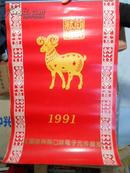
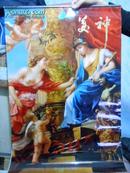
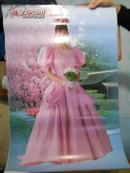
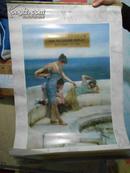
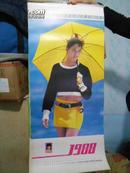
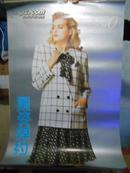
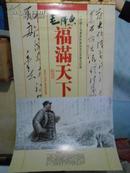
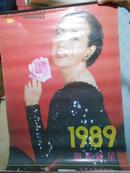
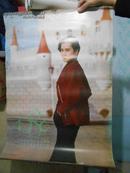










以下为对购买帮助不大的评价